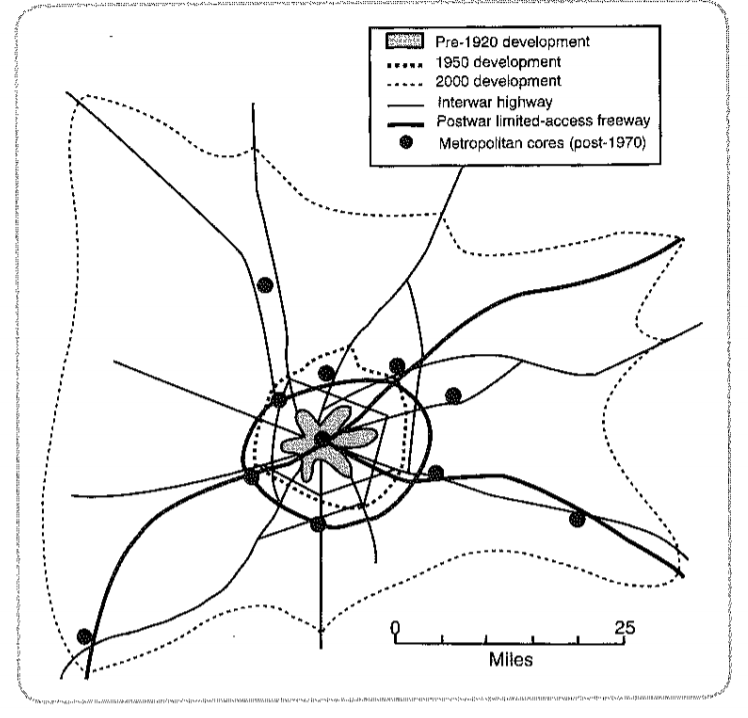Space and Place
For a studio design project, I am trying to investigate the connection of bike lanes with gentrification. This is always a sticky subject as, the “g” word is often viewed as urban development and economic evolution from one lens, bourgeois supremacy and class displacement from another. I was both comforted and dismayed to find more than one article written on this topic; comforted that other people are acknowledging this problem on the advocacy and planning level, dismayed at the apparent appropriation of a democratizing classless transportation mode by profit-driven developers. A Guardian article covers these factors well, including highlighting the work of Steven Fleming, and architect who imagines constructed futures with a bicycle as the primary mode of transportation.

My other class on transportation planning and policy has not relented on providing me with overwhelming amounts of data on commuter behavior in the U.S. Covering the history of transportation in the modern era, from horse-drawn carriages to the car-centric highway system, data is showing that while there is renewed interest in redeveloping downtown centers into dense human-scaled environments, growth of suburbs and “exurbs” has not slowed. In fact, new city centers have developed outside of the metro area as retail, tech, logistics, medical, corporate, and hospitality industries continue to relocate operations into the now “denser” suburban downtown. It got me thinking that this may be an iconoclastic opportunity for bike advocacy; where there is density there is an amenable means for bike infrastructure. Unfortunately though the very existence of the suburb is owed to the reliance on personal automobile, and car-centric planning. Even in more jobs move to the suburbs and thus divorce the settlements from their urban hosts, the framework of roads and land use is already literally set in concrete, not to mention the giant disparity of income and class that suburbs have compared to the urban organism.
Finally, I’ve started reading Yi-Fu Tuan’s Space and Place, and in it he traces the subtle socio-psychological difference between the two; place being a state of comfort, stability; space begging the ability to move. There exists a struggle between the two, places being objects of destination and space being the area between. This gave me some insight as to a possible explanation of how bike lanes could be construed as a bellwethers of gentrification, that they are not simply bringing cyclists to a destination but rather moving cyclists through a neighborhood as if it were empty. How can a bike lane convey a sense of place? How do ideas like comfort, identity, and stability get conveyed through a patch of road?